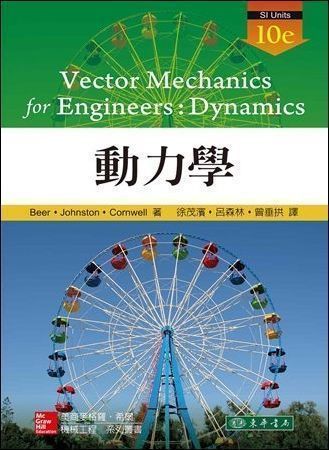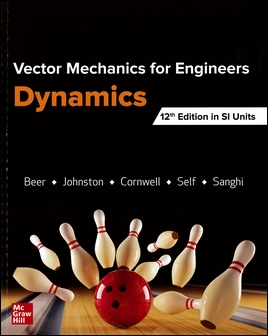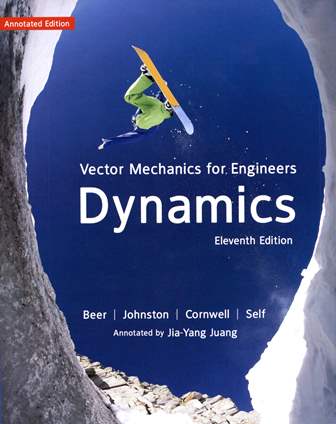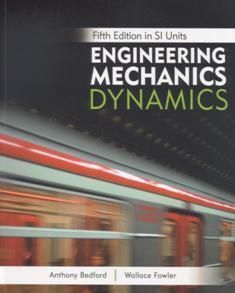書籍分類
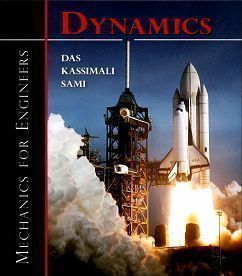
Mechanics for Engineers: Dynamics
作者:Braja M. Das, Aslam Kassimali, Sedat Sami
原價:NT$ 1,150
ISBN:9781604270587
版次:1
年份:2010
出版商:Cengage Learning
頁數/規格:516頁/平裝雙色
版次:1
年份:2010
出版商:Cengage Learning
頁數/規格:516頁/平裝雙色
內容介紹 本書特色 目錄
- Description
The rigorous development process used to create Mechanics for Engineers: Statics and Dynamics by Das, Kassimali & Sami insures that it's accessible and accurate. Each draft was scrutinized by a panel of your peers to suggest improvements and flush out any flaws. These carefully selected reviewers offered valuable suggestions on content, approach, accessibility, realism, and homework problems. The author team then incorporated their comments to insure that Mechanics for Engineers: Dynamics reflected the real needs of teaching professionals. The authors worked out solutions to all of their homework and example problems to check for accuracy and consistency and all of the examples and homework problems were sent out to a third party to solve and cross-check each answer in both books. And to be sure Mechanics for Engineers: Dynamics was as good as it could be, we tested it in the classroom. It was a resounding success and finally ready for your class.



